Today’s modern vehicles are built with the latest safety and life saving systems available. Even with all of these new systems it is still the driver who has the control of the vehicle, and he/she is responsible for driving that vehicle responsibly.
Depending on the type of accident, these new and improved safety features may save your life or greatly reduce your injuries in a vehicle accident, however there are no guarantees. Learn what to do after a crash to increase your odds of surviving and doing as well as possible.
Driving Safely Makes Your Survival
Often people take things we do regularly for granted, like driving. We sometimes assume that we have the basic skills to handle all situations even those rarely experienced like driving in the snow or heavy fog.
Nevertheless avoiding a car crash remains the best survival option, and you can help reduce your risk of being in a crash by following a few simple rules:
- Not using your cell phone while driving.
- Not driving after you have been drinking or taking drugs.
- Reducing your speed accordingly when the driving conditions become difficult or extreme such as through rain, frog, snow, or glare.
- Taking a 15 minute power nap whenever you feel drowsy or sleepy.
- If you are on a long road trip, make it a point to stop every 2 hours and take a 15 minute to 20 minute break.
- Anticipating what might happen by looking ahead and closely observing the movement of other traffic whenever you drive.
- Always expect the unexpected, take extra care when changing lanes, passing, going through intersections, and driving at night.
- Never rush or lose your patience when driving.
- Practice the “two second rule”. Even if you are an experienced driver, make sure that you still perform these counts from time to time to make sure that you haven’t forgotten the laws of physics in favor of what your eyes (and mind) think is the proper distance between you and the vehicle in front of you.
Crash risk for drivers differs according to age and their experience.
Aging drivers are at a greater risk of being killed or seriously injured in a crash due to increased frailty and other issues rather than risky driving behavior. It is a fact that with age the human driver will get slower in reflexes and eye sight will not be as sharp.
Inexperienced drivers are at least three times more likely to be involved in a serious accidents than experienced drivers. This risk gets even higher in the first few months of getting a license. This is partly because some new drivers do stupid things and take stupid risks, but the major reason is that they lack driving experience.
How the Car Can Save You
Even though some of these features kick in on their own, others rely on you to make conscious decisions. Use these features to avoid or mitigate crashes to the best of your ability.
- Shatter resistant glass: Shatter resistant glass provides a windshield and other vehicle glass that breaks into numerous, harmless pieces in the event of an accident. Shatterproof glass is laminated in such a way as to prevent injuries.
- Seat belts: This safety feature was invented in 1849 but was not standard equipment until 1966 when the federal government made it mandatory for all vehicle manufacturers to make seat belts standard.
- Airbags: In 1998 airbags became mandatory in all motor vehicles manufactured in the United States. Airbags are designed to supplement the protection provided by seat belts. They are not a substitute. The best protection in frontal crashes is achieved by using a properly worn seat belt in combination with an air bag.
- Anti-lock braking systems: These systems detect when the wheels are locked up (ie. Skidding) and temporarily release the brakes even if the driver is pushing on the pedal. The brakes immediately clamp again in order to slow the vehicle.
- Stability control: Stability control allows the drivers to avoid dangerous rollover accidents when the computer helping to compensate for driver error. For example, if you turn too hard in a vehicle without stability control, you may have a rollover accident. If you did the same in a modern vehicle with stability control the computer compensates for the amount of over-steering by sending power to different wheels to avoid an accident.
- Lights: The government has mandated that there will be three types of lights for any vehicle. They are brake lights, turn signals, and headlights. It is your responsibility to use all three of these lights, as well as check your light bulbs regularly to ensure they are working perfectly. If you have a bad bulb replace it as soon as possible.
- If you do a lot of nighttime driving HIDs or high power headlights may seem like a good idea because you can go a tiny bit faster without over running them. You should be aware, however, these high powered lights are a nuisance to oncoming traffic and that blinding the other driver may result in a head on collision.
- Mirrors: Proper positioning of side and rear view mirrors is very important . This proper alignment of your mirrors ensures high visibility and eliminates the blind spots.
- Bumpers: Bumpers are perhaps the most primitive of all the safety features. Bumpers are built to withstand minor collisions. They can prevent damage to the main body and the engine of your car.
- Four wheel steering: This option offers precise maneuverability while driving at high speeds. It is especially useful for driving in hilly areas.
- Pre-collision technology: Many modern cars have sensors that provide impact protection when an impending collision is detected. Seat belts get tighter, air bags align, and brakes become pre-loaded to reduce shock.
- Forward collision warning system: This forward warning collision system alerts the driver that a crash is about to occur so they can begin to take preventive action.
- Low speed auto emergency braking: This auto emergency braking system is designed for city drivers were crashes often happen to cars at low speeds. It is not designed to be activated by pedestrians or roadside objects.
- Driver inattention detection: This system is designed to identify signs of an inattention or drowsiness of the driver. If these two dangerous conditions are noticed by the computer system, the system will alert the driver to avoid an accident.
- Active cruise control: Active cruise control detects the distance and speed of the preceding vehicle and maintains an appropriate following distance.
- Blind spot warning system: These systems detect the distance and closing speed of objects in adjacent lanes and alert the driver if a collision is imminent.
- Adjustable steering wheel: Adjustable steering columns allows the steering wheel height to be adjusted to the drivers preference.
- Daytime running lights: Are headlights that illuminate during the day in order to make vehicles more visible and reduce their involvement in crashes.
- Reversing camera: These cameras improve the rearward view and can assist drivers in detecting persons or objects in the path of a reversing vehicle.
- Rear 3 point seat belts: These are seat belts that go over your waist and the shoulder of the occupant. 3 point seat belts provide better protection than 2 point lap seat belts.
- Headrest are important safety features that should be fitted to all seats. This includes the front and back seats and in vans and SUVs and all seat between the front and rear seats. Headrest position is critical for preventing whiplash in rear impact crashes. Whiplash is caused by the head extending backwards from the torso in the initial stage of a rear impact, then being thrown forward in a snapping movement. To prevent whiplash, the headrest should be at least as high as the head center of gravity which is about the eye level or a little higher. Also the headrest should be as close to the back of head as possible.
Remove accident victims in emergency cases only. If you’re driving on the open road and you come across an automotive vehicle crash, remove the occupants only if there is a life threatening condition such as fire, hazardous chemicals leaking from one of the vehicles, or if one of the vehicles is about to fall off the roadway or a bridge.
If there is not a life threatening emergency and you removed occupants of a vehicle crash, you could be held responsible for any medical injuries that occurred after the main impact of the crash. Some states have what is known as the Good Samaritan laws.
These laws protect individuals who in good faith try to rescue and save people who are trapped in vehicles in accidents. If a person tries to remove a trapped and badly injured victim, and in the process the individuals sustain other injuries, these laws protect the good Samaritans from civil lawsuits.
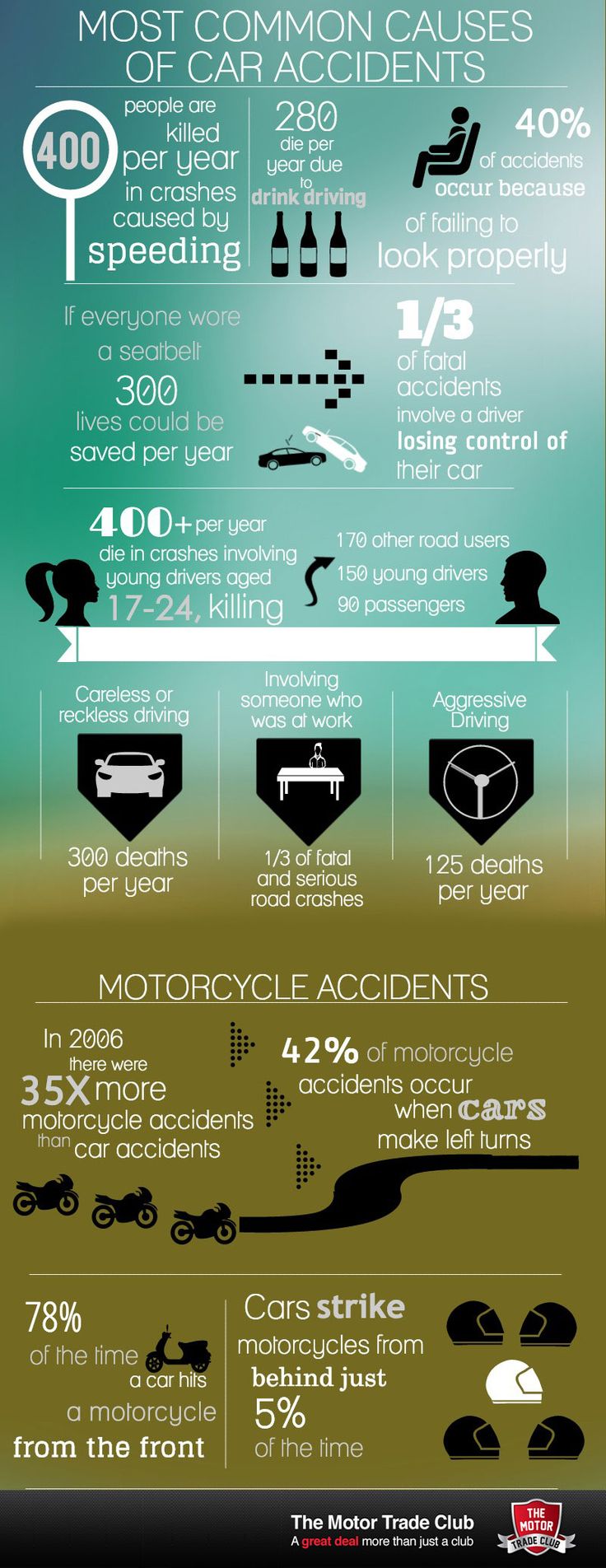
What to Do After a Car Accident
After the accident stay in your car and stay calm. If the car is driveable, move the vehicle to the shoulder of the road so that it will not cause another accident.
Report the car accident to the police by calling 9-1-1 if you can. If you cannot, have someone at the scene dial 9-1-1 for you. After you have dialed for emergency services stay at the scene of the accident until the police have questioned and reviewed the incident getting your description of what happened. If the driver or any other passengers do not feel right, be sure to request an ambulance to check over all parties in the accident.
You definitely need an emergency preparedness kit, and it is to your advantage to always carry an emergency preparedness kit. Here are a few items that should be in the kit:
- Cell phone
- Disposable camera
- Pen and paper
- Emergency paperwork: Medical information card dealing with insurance numbers, allergies, and conditions that might require special attention if you are not conscious.
- Emergency contact names and numbers of family members or close friends.
- First aid kit
- Small emergency triangles or emergency flares.
- Mylar blankets
- Flashlight with extra batteries.
Exchange car insurance and driver information: After the accident always exchange the following information.
- Name
- Address
- Phone numbers
- Drivers license numbers
- License plate number
- Insurance company and policy number
- write down the description of the vehicle including make, model, and the color.
Locate any witnesses. Did someone see the accident happen? If so, get their name phone number, address or any other personal information they will give you so that they can be a witness in court if need be.
Never admit fault but wait for an official conclusion. When you come face to face with the other drivers of the other vehicle or vehicles involved, never assign blame, or admit fault or liability. Let the police and insurance company do their jobs and use their tools to come to a conclusion. You don’t want to admit to something in a state of shock or sadness.
Never under share injury concerns with others at the accident scene. If anyone asks how you’re doing respond in a low profile answer simply stating “I’m shaken up a bit”. The truth is you do not know if anything is wrong or not. At this time you still could be in shock. It can be very hard to refute any non injury statements that were given at the scene, like I was alright, or I’m ok.
In fact you had injuries and you did not know that you had them. In some cases, it can take days, or more for bruises to emerge or other injuries to become apparent.
Know what your car insurance and health insurance covers. Knowing your car and health insurance details can save you a lot of grief when dealing with a vehicle accident scenario. It is always better to know before any accident that you’re fully covered for ambulance trips, tow trucks, or rental cars. Check your policies for specifics and get extra coverage today for those essentials you’ll need to cover if you are ever injured or your car cannot make the drive home.
Always photograph and document the accident scene. Be sure to carry a disposable camera in your emergency kit to photograph the damage to all vehicles. If your cell phone has a built in camera then you’re good to go. Take photographs of the damage to your car, the other driver’s car, and the entire accident scene to give perspective to the event. Take wide shots of tire skid marks to show vehicle travel paths. Photographs showing the entire accident area can help you make your case to claims adjusters if there is a dispute in your case.
Seek medical attention after your accident. If you are injured in the accident and it is injuries to the neck, back, or internal injuries, you should call for an ambulance as soon as possible. Personal injury situations often wind up in litigation, and in these cases, the other side will try argue that minor injuries became major ones because they were not treated at the scene properly. No matter how small the injury seems at the time of the accident, get all health concerns documented sooner rather than later.
Report your accident to your insurance company immediately or as soon as possible. After you have settled down and have gone to the hospital to have your injuries documented then this is the time that you call your insurance company report the accident.
If the damage seems minor or the other driver wants to settle without making an insurance claim, do not do it! A seemingly small fender bender vehicle accident can reveal major damage later on. An example of this is a bent car frame, so keep your insurance company in the loop and let them know as quickly as you can or you might be without coverage when you really need it.
If you have a lawyer this is the time to call him before the vehicles are moved if possible. Getting a lawyer may help you get the most out of an insurance claim and help you see more clearly when everything else seems like a mess.
Always remember to remove your valuable belongings from the car. If you’re well enough to walk away from the wreck and is safe to do so, remove your valuables from the vehicle before it is towed.
If you cannot remove the valuables yourself, have a family member or a close friend get them from the vehicle storage location and return them to you as quickly as possible. Try to do this before the keys are turned over to the tow truck operator.
What to Do When Police Arrives
What you should do as the first non police officer on the accident scene:
- If you come upon a vehicle accident and you are not part of the original accident, you should go about 75 to 100 feet ahead of the accident and park on the shoulder and turn on your emergency flashers. Then call 9-1-1 to request emergency assistance from the police and emergency personnel.
- Put traffic control individuals at the rear of the accident to direct traffic safely away and to put down safety triangles, cones, or flares. When using flares it is very important to check the angle of the accident scene. The last thing you want to do is to throw down a flare into a flammable liquid and start a major fire that would destroy all vehicles involved and possibly injure or kill trapped victims of the accident.
- The next thing you should do is to carefully check all occupants of all involved vehicles to see if there are any injuries.
- If you can take a photograph or two to show the exact positioning of the cars involved in the accident.
- If it is possible, see if the vehicles involved in the accident can be moved off to the shoulder. This is done to protect the vehicles and driver and occupants from being in a second accident by oncoming traffic.
- Disturb the accident scene as little as possible. Do not allow spectators to wander through the accident scene.
- Make mental or written notes about the condition of the scene upon your arrival.
- If you have to move something make a note of it and tell the investigators when they arrive.
- Do not allow others to move evidence. The exception of this is to assist injured or to control additional losses.
- Note the environmental conditions which are light, heat, cold, odors, and noise.
- Note what doors, windows, access means we’re open / close upon arrival.
- If possible rope off the area to limit access to all but essential persons.
- Pay particular attention to the floor as this is where most evidence will be found and it’s also the area more easily contaminated.
- Write down all the names of persons present upon your arrival. Keep a record of all persons coming and going from the scene.
- Take photos and sketch the scene if things must be moved and the investigators haven’t arrived or are delayed.
- Never allow eating, drinking or smoking at the accident scene. Not only can it contaminate the accident scene, but it’s also a health hazard.
- When the police arrived notify the officer in charge your name address telephone number and other personal information that is necessary for his reports and give him a copy of your notes.
Most of today’s modern vehicles have all kinds of safety features and protective features to keep drivers and passengers safe while driving and to protect them in the event of an accident. Remember that even with all the safety features the skill of the driver is still the most important factor while driving.
This article has been written by Fred Tyrell for Survivopedia.


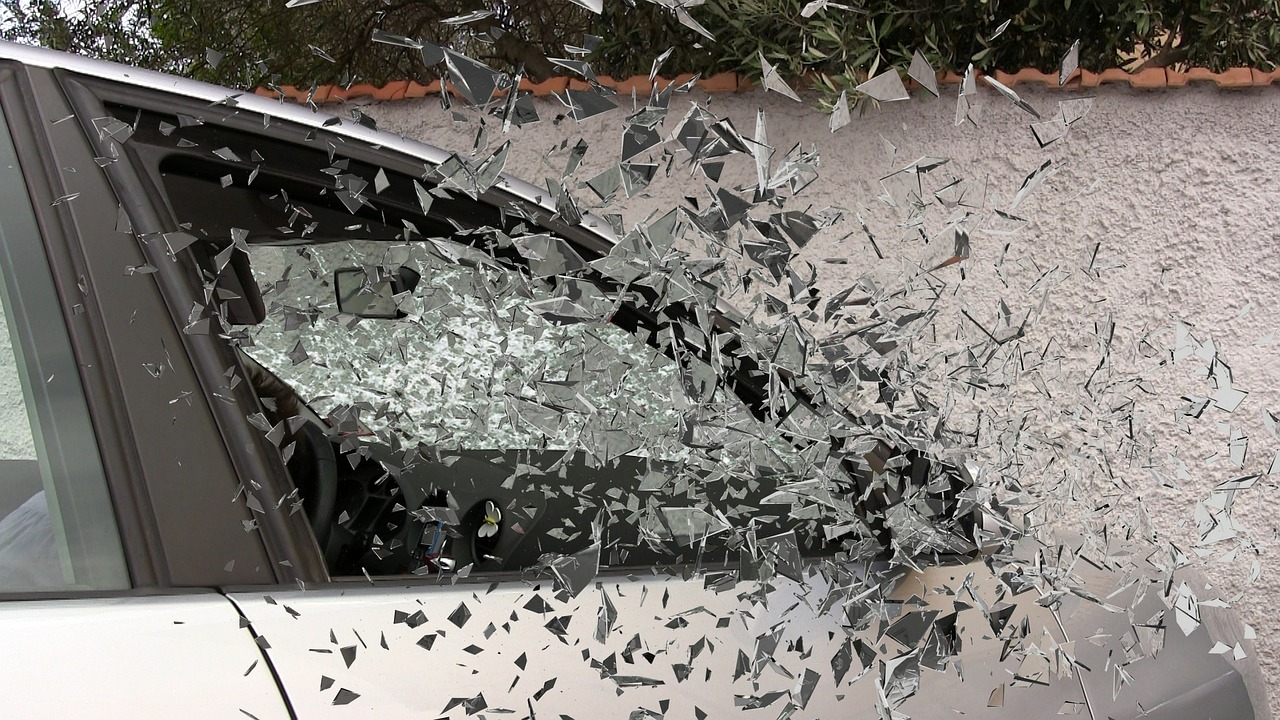
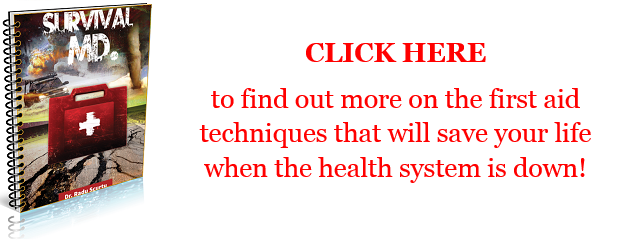

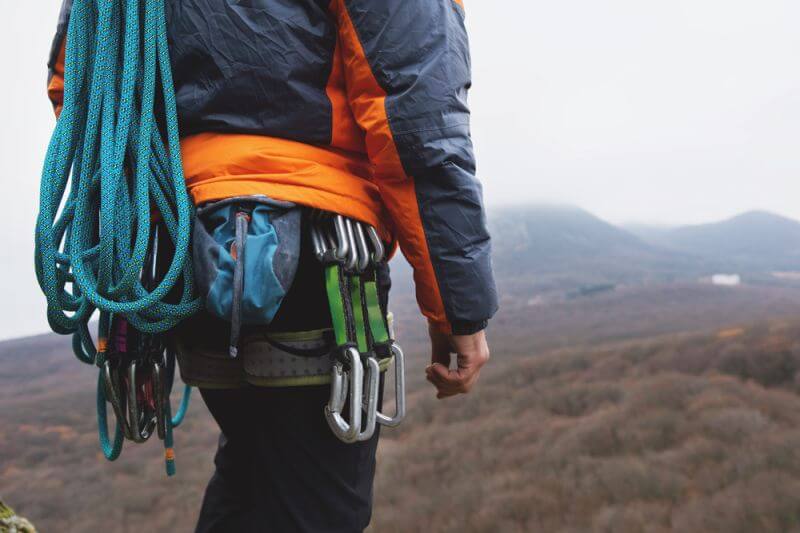


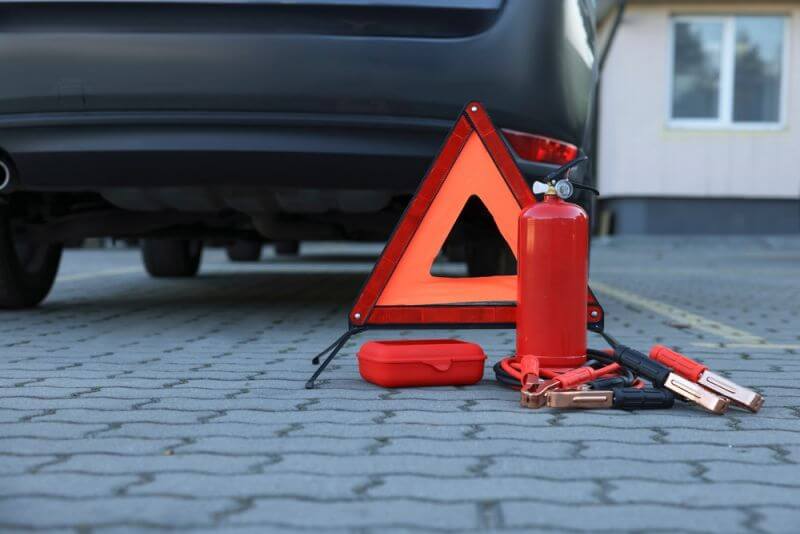

Pingback:Car Crash: 30 Ways Not To Make It Happen | Freedom Newz | December 28, 2015
|
Pingback:Car Crash: 30 Ways Not To Make It Happen – Survivalot | December 28, 2015
|
Pingback:Car Crash: 30 Ways Not To Make It Happen | Bsn Global News | December 28, 2015
|
Pingback:Car Crash: 30 Ways Not To Make It Happen | TheSurvivalPlaceBlog | December 30, 2015
|
Pingback:Car Crash: 30 Ways Not To Make It Happen | Survival World News | December 30, 2015
|
Pingback:Best Tips for Driving in the Snow | Prepper's Survival Homestead | January 29, 2016
|
davida | January 29, 2016
|
a well written and a comprehensive list of advise. thanks fred
Pingback:Why Preppers Need To Know About Oxygen Concentrators | | disasterdefense.us | February 25, 2016
|
Elliot | August 12, 2016
|
Normally I do not read article on blogs, but I wish to say that this write-up very
compelled me to ttry annd do so! Your writing sttyle haas
been surprised me. Thanks, very great post.
Pingback:6+ Tips That Could Save Your Life In A Plane Crash | Survivopedia | May 29, 2017
|